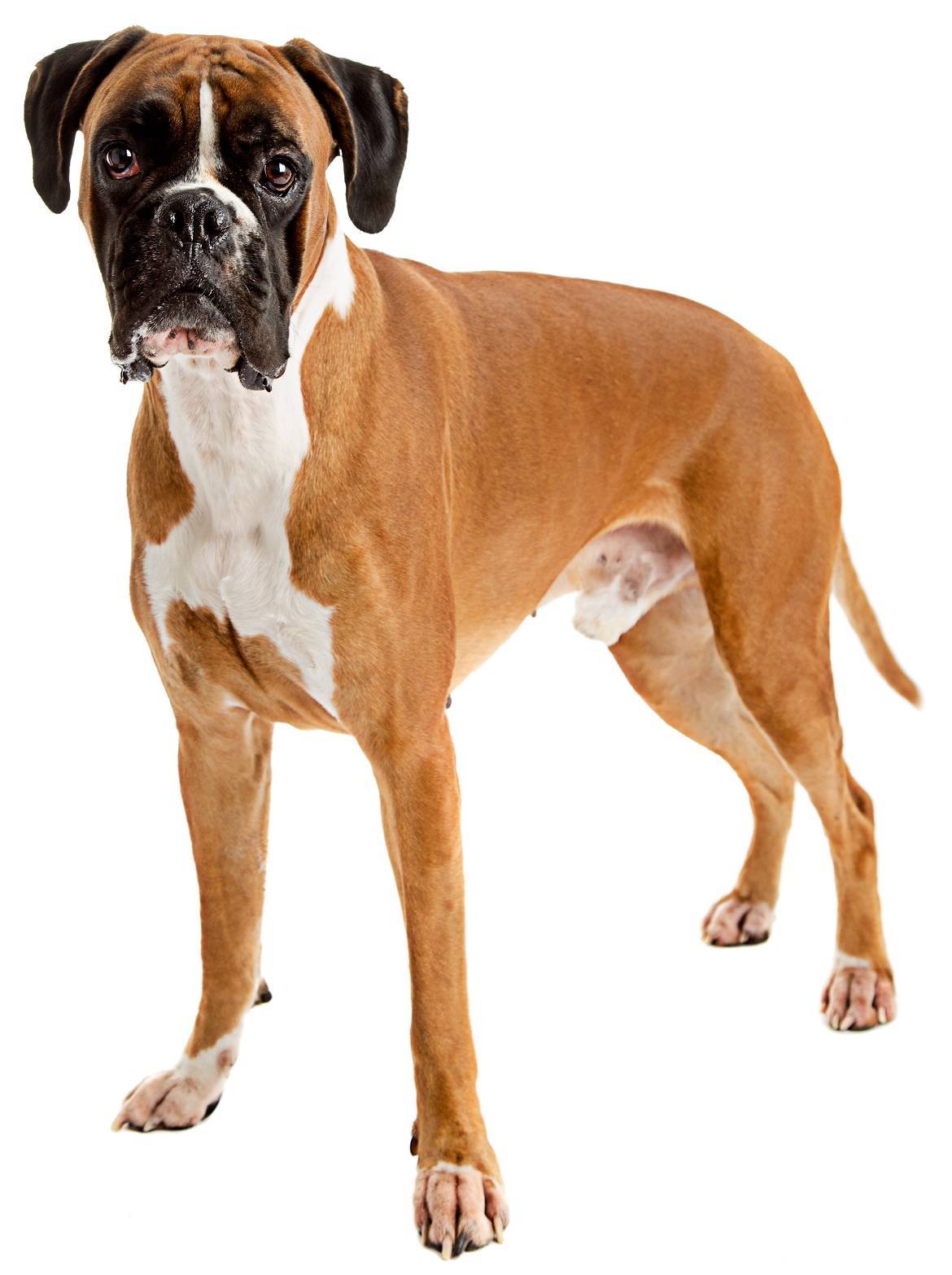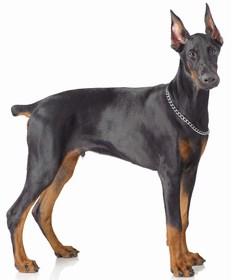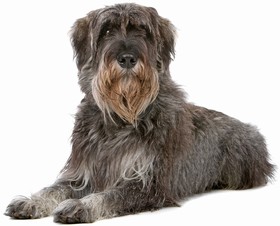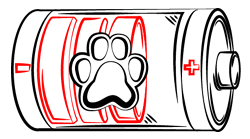
Paws ‘N’ Pups Quickview
Size
| Energy Level
| Trainability
| Paws ‘N’ Pups Rank
|
Characteristics
| Physical Characteristics: Height: 21-25” Weight: 55-70 lbs. Energy Level: Moderate – High | Colors: The American Kennel Club recognizes the Boxer in the following colors:
Black masks and white markings are common. |
| Health & Longevity: 9-12 years Breeders screen for the following conditions:
Unfortunately, cancers are somewhat prevalent in the breed. Like many large, deep chested breeds, Boxers are susceptible to gastric torsion (bloat), a life-threatening condition if immediate veterinary intervention is not sought. Allergies and Demodectic mange are common, and dogs with a lot of white are prone to deafness. | |
Like other short-nosed (brachycephalic) breeds, the Boxer can experience challenges navigating everyday life. They cannot tolerate temperature extremes; their short coat provides no protection from cold, wet weather, and their shortened muzzles make it difficult for them to cool themselves in warmer temperatures; high humidity makes this even more difficult. Protection from the cold during walks is easily provided with a coat; however, being housed outdoors is not recommended. In higher temperatures, these dogs must be given a cool spot with free access to water. Exercise, including walks, must be provided only during early morning or nighttime when temperatures are lower. For those living near or frequently visiting bodies of water, care must be taken to ensure the safety of your dog. With heavy bodies and shortened nasal passages, Boxers are notoriously bad swimmers, and must be outfitted with a properly fitted flotation device.
Temperament & Train-ability
Boxers are known for their playful, rambunctious and high-spirited nature, and are particularly bouncy when young; some do mature into calm adults. They do everything with great vigor, and while good-natured, tend to be naturally protective and make good watchdogs. Most Boxers love everyone but some are reserved with strangers. Boxers generally make wonderful family dogs for those able to see to their exercise needs and the care of a brachycephalic breed. Adoring and gentle companions to children, toddlers may not be a good fit as Boxers are not very body sensitive and can easily knock them over. Boxers usually do well with other dogs. Some, however, can be dog aggressive, especially with dogs of the same sex. Many a Boxer has gotten themselves into trouble with other dogs just by being a Boxer; this breed uses their feet (like a boxer) a lot in play, and comes on very strong; this is a combination that can put many dogs on the defensive (or offensive, depending on the dog). This can quickly result in a fight; play partners should be limited to those dogs that aren’t offended by the Boxer way. Dog parks are often asking for trouble.
The Boxer’s exercise needs vary, but usually an hour of play, walking, running and training will keep them fit and happy. Without this exercise and stimulation, your Boxer is likely to become bored and frustrated, and behavior problems will result such as destructive and neurotic behaviors, barking, digging, etc. Boxers are not equipped to deal with the elements – they are housedogs but need a yard they can romp in. This breed will not do well where no one is home all day. Anyone considering a Boxer should be prepared to deal with gas, slobber, drool and a myriad of noises; they grunt, snuffle, groan, snort and snore.
Boxers will need early training for manners and have consistent boundaries. They do best with benevolent leadership over harsh dictatorship. Positive reinforcement methods will be much more effective with this independent breed than harsh, forceful methods, which may shut them down; they have a surprisingly sensitive side. Your Boxer will need early and ongoing socialization to mature into a well-balanced adult, which can take a while; expect very puppy-like behavior till the age of three.
Grooming
The Boxer’s short smooth coat is easy to care for, but don’t be fooled; they shed a good amount, and the short stiff hairs stick and weave their way into fabrics. Since dirt falls off, they stay very clean with little work. Bathing can be done, as needed, but many Boxer owners just use a damp rag to freshen up their dogs. Weekly brushing with a curry or soft bristle brush will keep the normal shedding to a minimum. During spring and fall, the coat will “blow”, allowing new coat to come in; during these times, shedding will increase dramatically and brushing more frequently will lessen the hair falling in your house. Ears must be cleaned regularly, and toenails should be trimmed; even if your Boxer wears their nails down, you will want to maintain the ability to handle their feet, especially useful as they age, when wear to the nails typically slows down. Teeth should also be checked and cleaned as necessary.
Diet
The amount of food a Boxer will require can vary depending on age, activity level, and type of food fed. On average, Boxers will eat 2-3 cups of food, fed in two meals per day; a high quality food should be fed. Free feeding should be avoided, as many Boxers are prone to becoming overweight, which puts them at risk of many health problems. A portion of your Boxer’s daily food can be used when training to avoid overfeeding. A constant supply of fresh, clean water must always be available.
Looking for a Boxer?
 Find A Boxer Breeder |  Boxer Puppies For Sale |  Adopt A Boxer |
Cost
Boxers run between $600-$1,500. Breed rescue organizations are another option, where lovely dogs needing a home can be found; adoption fees vary widely, but are generally in the $200-$500 range. Whether you acquire a dog from a breeder or rescue, do your homework to be assured that the temperaments of the dogs are tested and sound.
Ongoing expenditures include the typical supplies, food, and regular vet visits. Remember, too, everything costs more with a large dog; beds, the amount of food needed, as well as veterinary procedures. Don’t forget to consider whether your vehicle can safely accommodate an adult Boxer.
Paws ‘N’ Pups Ranking
Paws ‘N’ Pups ranks every breed out of 4 with 1 being easiest to integrate into your life and 4 being the toughest – The lower the ranking the better.
Ranking takes into account a few basic factors such as cost, skill level needed, high vs. low maintenance, and how critical regular training is to success. The Boxer rates a 2.5, primarily due to the care brachycephalic breeds require and their need for activity.
Breeds Similar To Boxer
 Rottweiler |  Doberman Pinscher |  German Pinscher |  Giant Schnauzer |




